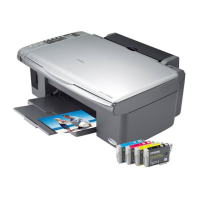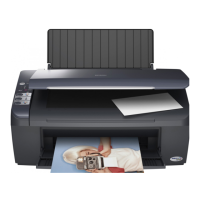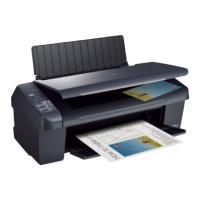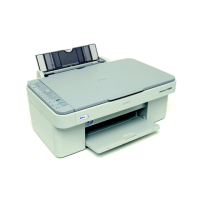EPSON Stylus CX4900/CX4905/CX5000/DX5000/DX5050/CX5900/CX6000/DX6000/DX6050 Revision A
OPERATING PRINCIPLES Electrical Circuit Operating Principles 82
2.4 Electrical Circuit Operating Principles
The electric circuit of the CX4900/CX4905/CX5000/DX5000/DX5050/CX5900/
CX6000/DX6000/DX6050 consists of the following boards.
Main Board (CPU-ASIC 2 in 1 + So
ldering Flash ROM)
C657 Main Board
Power Supply Board
C610 PSB/PSE Board
Panel Board
C571 PNL Board (EPSON Stylus CX4900/CX4905/CX5000/DX5000/
DX5050)
C657 PNL Board (EPSON Stylus CX5900/CX6000/DX6000/DX6050)
I/F Board
C610 I/F Board
Head Board
C654 HEAD Board
NOTE: CPU and ASIC is integrated as one chip (IC8) on the Main Board.
This section provides operating principles of C
657 Main Board and C610 PSB/PSE
Board.
2.4.1 C610 PSB/PSE Board
In the PSB/PSE Board of Stylus CX4900/CX4905/CX5000/DX5000/DX5050/
CX5900/CX6000/DX6000/DX6050, the simulated oscillating stimulation flyback
converter circuit method is used, and it supplies +42VDC to the drive line. The
application of the output voltage is described below.
AC voltage input from AC inlet first goes through filter circuit that removes high
frequ
ency components and is then converted to DC voltage via the rectifier circuit and
the smoothing circuit. DC voltage is then lead to the switching circuit and FET Q1
preforms the switching operation. By the switching operation of the primary circuit,
+42VDC is generated and stabilized at the secondary circuit.
Table 2-7. Application Of The DC Voltages
Voltage Application
+42VDC
• Motors (CR Motor, PF Motor, Scanner Motor)
• Print Head common voltage
• Print Head nozzle selector 42V drive voltage
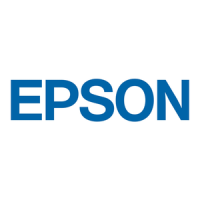
